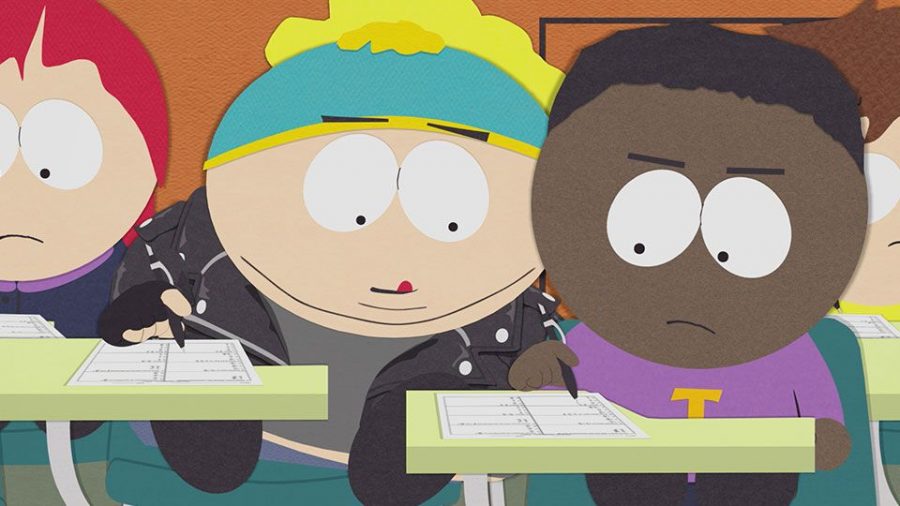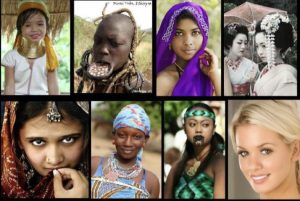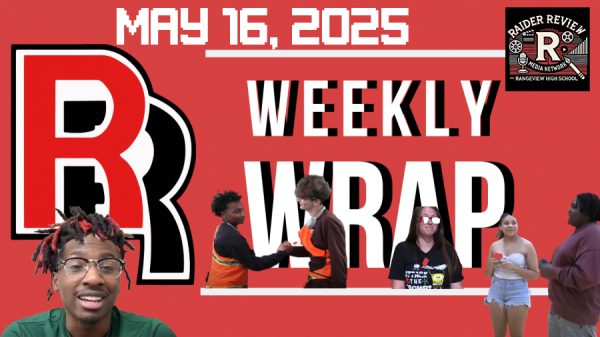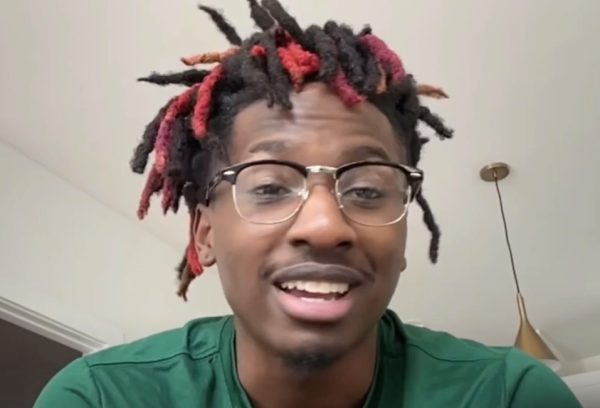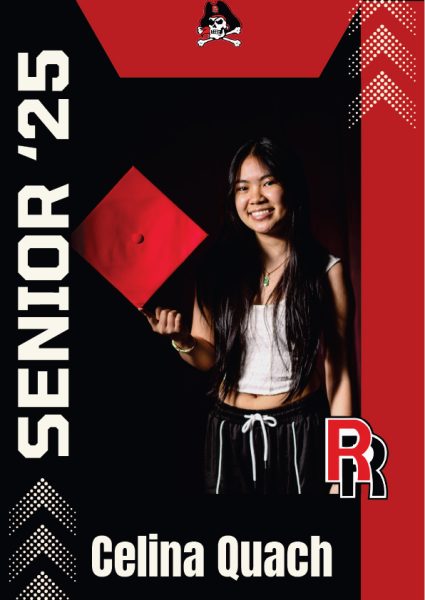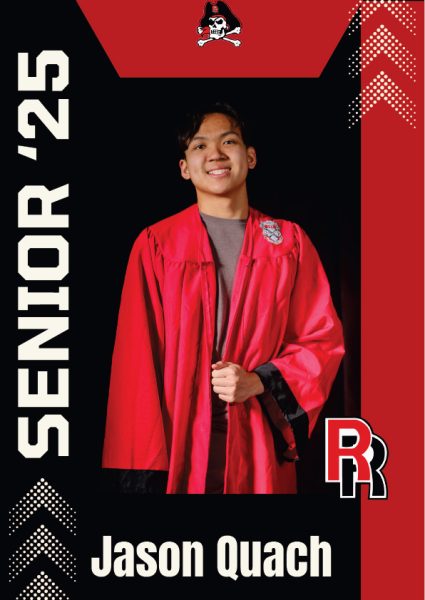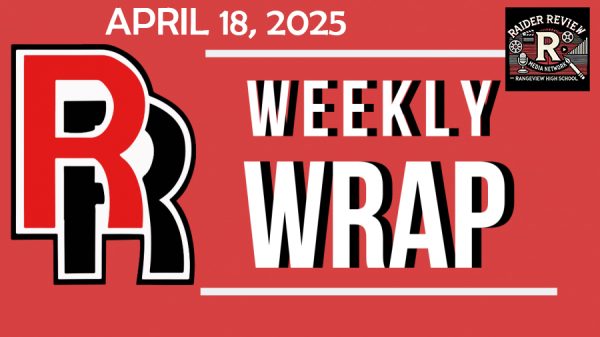Opinion: Tokenism in the Media
February 10, 2021
In this day and age, the world demands inclusion and diversity. Whether it be in tv shows, movies, the workplace, schools, or anywhere else, society has been trying to include or represent people of all colors, ethnicities, and sexualities.
However, they need to try much harder. Not only is the amount of effort an issue, but the execution and motives behind it too. What may seem like an open-minded sentiment can quickly turn into counterproductive tokenism, resulting in the perpetuation of stereotypes.
Tokenism is defined as the “practice of making only a perfunctory or symbolic effort to do a particular thing, especially by recruiting a small number of people from underrepresented groups in order to give the appearance of sexual or racial equality within a workforce.” Notice the use of the word, “appearance”, meaning that true sexual or racial equality isn’t actually achieved, it simply creates that mirage.
Tokenism can look different across various platforms but a minority of some sort is often used to protect a group or individual from criticism; almost like insurance against accused racism or discrimination.
In everyday life, this could look something like, “I’m not racist, my best friend is Black.” This is obviously a simplified example, but they are using their best friend as a “token” to defend themselves.
The thing about tokenism is that its intention is diversity but it actually produces an opposite and harmful result. The goal isn’t to marginalize a group of people, however, that typically becomes the reality when minimal or purely symbolic efforts are made to be inclusive. “In a way it seems forced, like the media just uses Black, Indigenous, People of Color (BIPOC) to increase and develop their platforms,” says RHS sophomore, Mhalet Siyoum. This can clearly be seen in the media, especially when stereotypes come into play.
The stereotypical Asian. This character is always a genius of some sort, usually a nerd, or they have strict foreign parents putting pressure on them to succeed, perhaps a child prodigy with a tiger mom. Although tv shows or movies may toss these characters into the mix for a splash of diversity, it is often done so carelessly. If these so-called “diverse” characters are tainted with stereotypes, then you’re left with counterproductive tokenism. “I personally haven’t seen a single person of color that wasn’t a side character, these characters always come with stereotypes… they only brush the surface of the culture,” says RHS senior, Tiffany Vo.
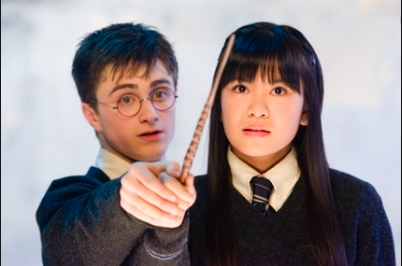
This subpar effort can be seen in books as well. Take Cho Chang of the infamous Harry Potter series for example. Her name is in itself a reflection of the minimal effort used to create a “diverse” character, as it is just a mishmash of asian names, pulling from both China and Korea. Seriously, you’d think that if J.K. Rowling could create an entire wizarding world then she’d be able to conjure up a more creative and culturally accurate name for this character.
The media’s attempt at diversity often fails because of how these stereotypes and default personalities are over-emphasized. Although it is important to acknowledge the difficulties and hardships that minorities face, it doesn’t always have to be the focus. “Not everything is a sob story. Not to say everything is just sunshine and rainbows, but it’d be nice to see a gay, or Black character just live once in a while,” says 11th grader, Daniel Higgins. “I wanna see someone like me (gay) living a normal life on a sitcom.” Higgins continues by pointing out the harmfulness of the stereotypical roles that minorities fill, “The media really feeds into the stereotypes and it’s not healthy for anyone to see that. The “gay bestfriend,” is an example. It’s just gross.” It’s undeniable that BIPOC and the LGBTQ community have experienced hardships, but these struggles do not have to become their only personality traits.
In movies and tv shows, people of color have been slipped into predominantly white casts. The South Park character, Token
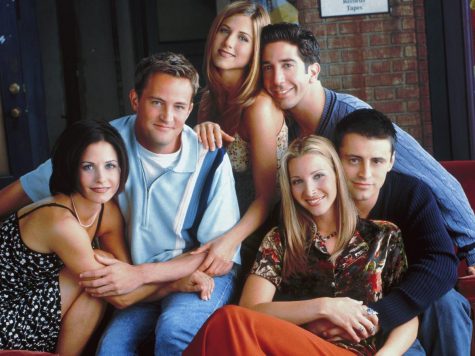
Black, hilariously acknowledges this as he is the only Black character in the show and is aptly named so. The iconic sitcom, Friends, stars an all white cast but has had various token characters throughout the series. Lauren Tom makes a short appearance but only as the short-term asian girlfriend of Ross Geller, played by David Schwimmer. Aisha Tyler plays another of Geller’s love interests later on in the series and although she plays a more significant role, she is still the only African American character to appear in more than one episode in the long running ten season show.
Although it can be argued that the casting of these characters counts as diversity, the roles that they occupy are much more important, “I would love to see more Black women thriving, at the top, main character, etc. instead of seeing Black women with no job and being a baby mama. Including BIPOC is important, but what’s also equally as important, is their representation within the media,” says Siyoum.
Not only can tokenism reflect adversely on the entertainment industry, but it skews the way that viewers understand people. Using one individual to “represent” an entire ethnicity, gender, or sexuality is the first mistake because it generalizes a group of people, narrowing down on the stereotypes. This mistake continues to wreak havoc because of how people rely on these stereotypes to formulate their own thoughts and ideas about these groups.
It’d be erroneous to claim that Hollywood hasn’t taken major steps towards diversity, however, there’s still work to be done. Underrepresentation is less of an issue now than it has been in previous years. Now corrective actions should be taken to accurately portray minority characters and achieve true inclusion. The media needs to look beyond stereotypes. They must continue to diversify their cast and crew, but it’ll ultimately be self-defeating if these minorities are only used as a “token”.
